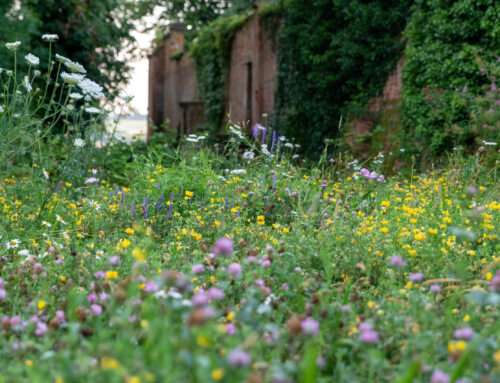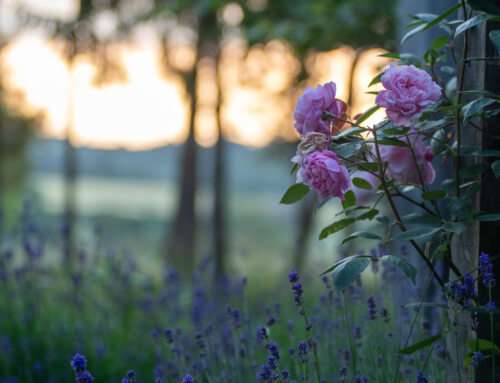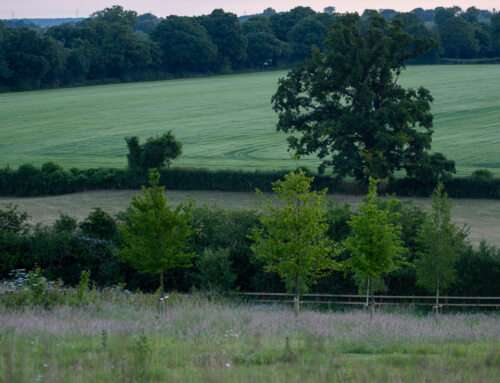Planting Tips for Planting Season
By Libby Reeves
Another year is coming to an end, the weather is getting cooler and wetter, and I am regularly getting asked ‘when is the right time to plant a tree?’ The answer is simple; now is the perfect time to plant trees, shrubs, or even herbaceous plants, despite the top growth starting to die back.
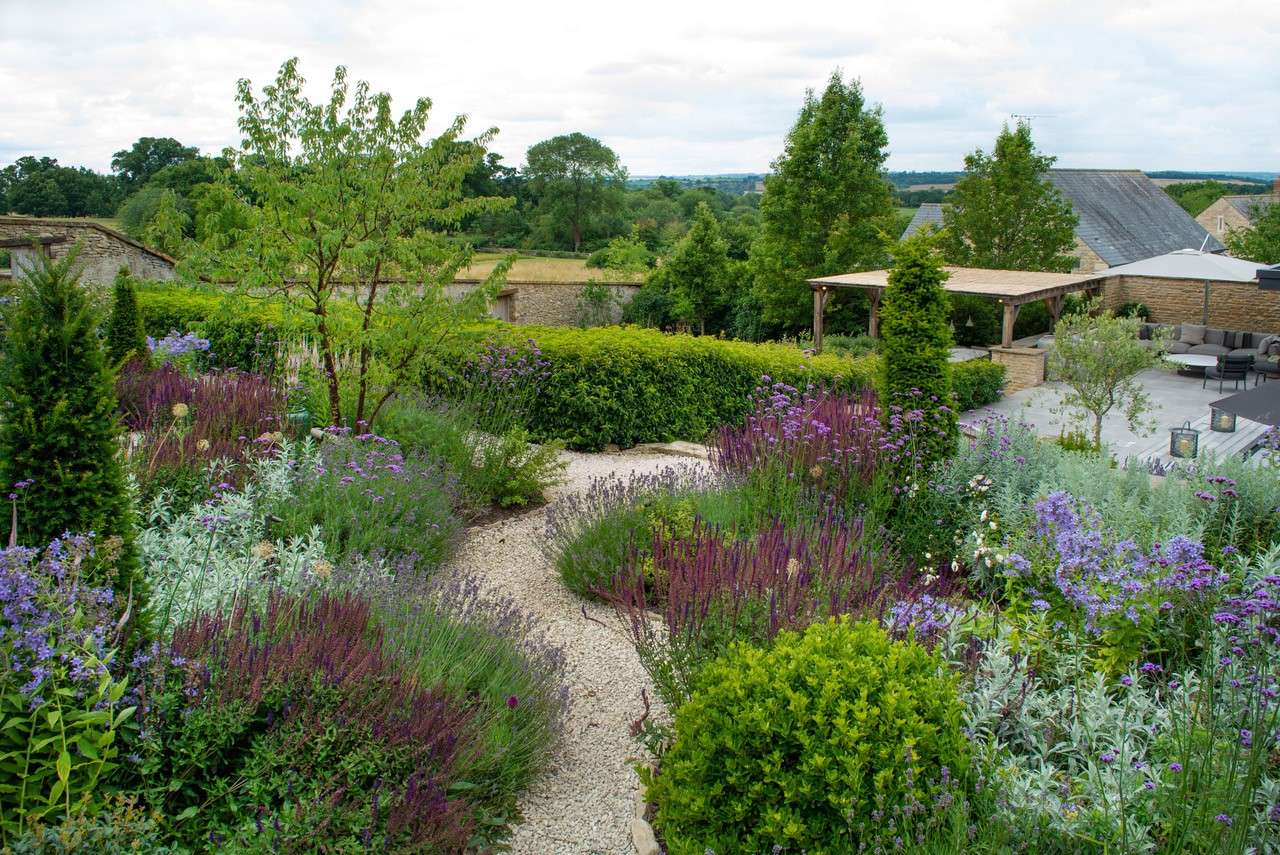
Establishing a plant in the soil: rootball vs bare root vs container grown
When a plant is newly placed in the ground, its first aim is to establish the roots into the surrounding soil. This will support the tree, keeping it upright in the soil and allow the leaves to be as close to the sun’s light as possible, maximising photosynthesis (the production of sugar). Secondly, the growing roots will absorb both water and nutrients from the surrounding soil efficiently to allow the plant to remain hydrated and enough nutrients to thrive and grow. The roots also store and manufacture chemicals (such as sugars and hormones) that are vital for the plant’s survival. It is often the sugars stored within the root system that allow the newly planted tree to start developing in its new home.
A container-grown plant has a root system. Their recent life (usually up to about 2 years) has been in their container and the roots happily fill it to the bottom. The roots often start to circle the pot, remaining happy as long as there is compost there. Root-balled plants have been dug up, severing the roots from the ground, leaving just enough to allow the plant to regrow in its new location. The soil is then wrapped up in hessian sacking and wire netting to protect it and hold it together. Root-wrapped, or bare root plants have gone through a similar process to rootballing, however, the soil is knocked off to leave just the roots. It is imperative, therefore, that the roots are protected from damage and the elements and are kept moist without drowning. They should then be planted as soon as possible.
The primary reason behind planting in autumn is to allow the roots to become as well established in the ground as possible, while the soil is moist and warm. A summer like the one we have just experienced (2022) leaves the plant open to drought and dehydration if it doesn’t receive enough water through the roots. The better the root system, the more water the plant can absorb when you diligently go around with your hosepipe or watering can.
How roots grow and when- just a little biology
Roots, like the plant shoots, grow through cell division or mitosis at the tips of the root – the area deepest into the soil. This area, where new cells are created (the meristem), is protected by a thin layer of cells right at the very end, called the root cap. The cell division process is followed by cell elongation or lengthening and differentiation. The elongation of the individual cells creates pressure, pushing the root through the soil, moving the root deeper and wider into the body of the soil. The differentiation process allocates the newly formed cells to one of three purposes:
- The endodermis: the outer layer, absorbing water and nutrients from the soil
- The xylem: transporting water and some nutrients from the roots to the shoots
- The phloem: transporting some nutrients from the soil to the shoots, but also taking sugars from the leaves to the roots as this is required for processes within the cell, such as respiration.
As the roots form, they need to have a close link to the soil surrounding them. This is mainly formed through the root hairs in the epidermis (outside of the endodermis), which allows water to enter the plant. The water is then spread through the plant, and the pressure that it creates, prevents the leaves and the stems from wilting. Hence, when plants are suffering from dehydration, wilting leaves is a common (although not the only) symptom.
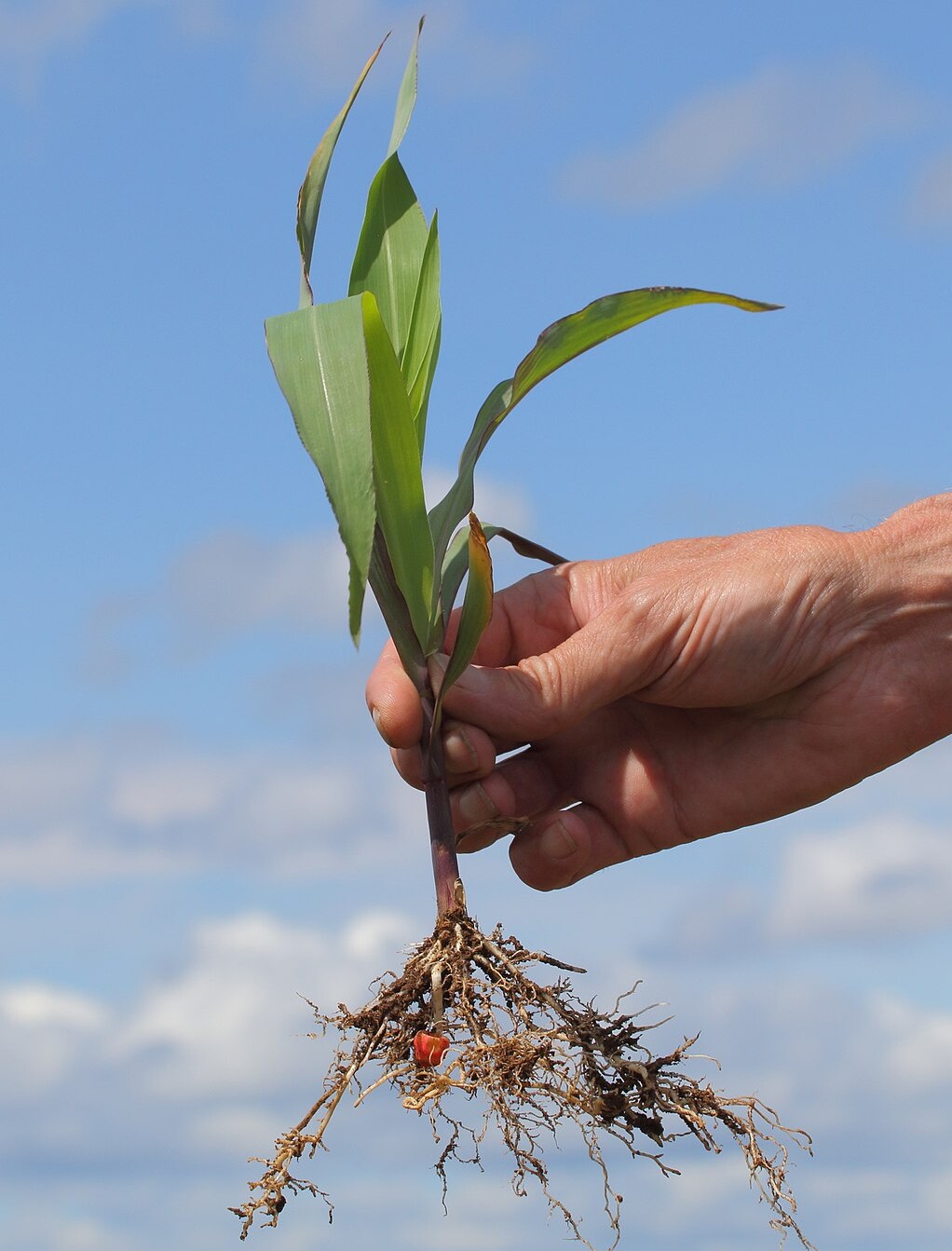
How to promote root growth: planting medium, mulching, staking and watering
How can we help our newly planted trees, shrubs, hedges, and perennials to establish within the soil and get going quickly before the summer drought arrives? There are a few ways to go:
- Planting the right plant is always a great place to start. For example, if you have a wet, heavy soil, you would be far better placed trying to plant an alder tree (Alnus glutinosa), which thrives in these conditions rather than a strawberry tree (Arbutus unedo), whose Mediterranean ancestry promotes a far hotter and dryer climate.
- Improve the soil (depending on the soil and plant requirements). This could be done by aiding drainage by adding grit or sand or adding topsoil where there is very little (shallow, chalky soils or building sites are often typical of this). Well-rotted organic matter is an essential addition. This creates air pockets in heavy soils, retains moisture in lighter ones, increases nutrients, and promotes mycorrhizal relationships between the roots and the surrounding soil.

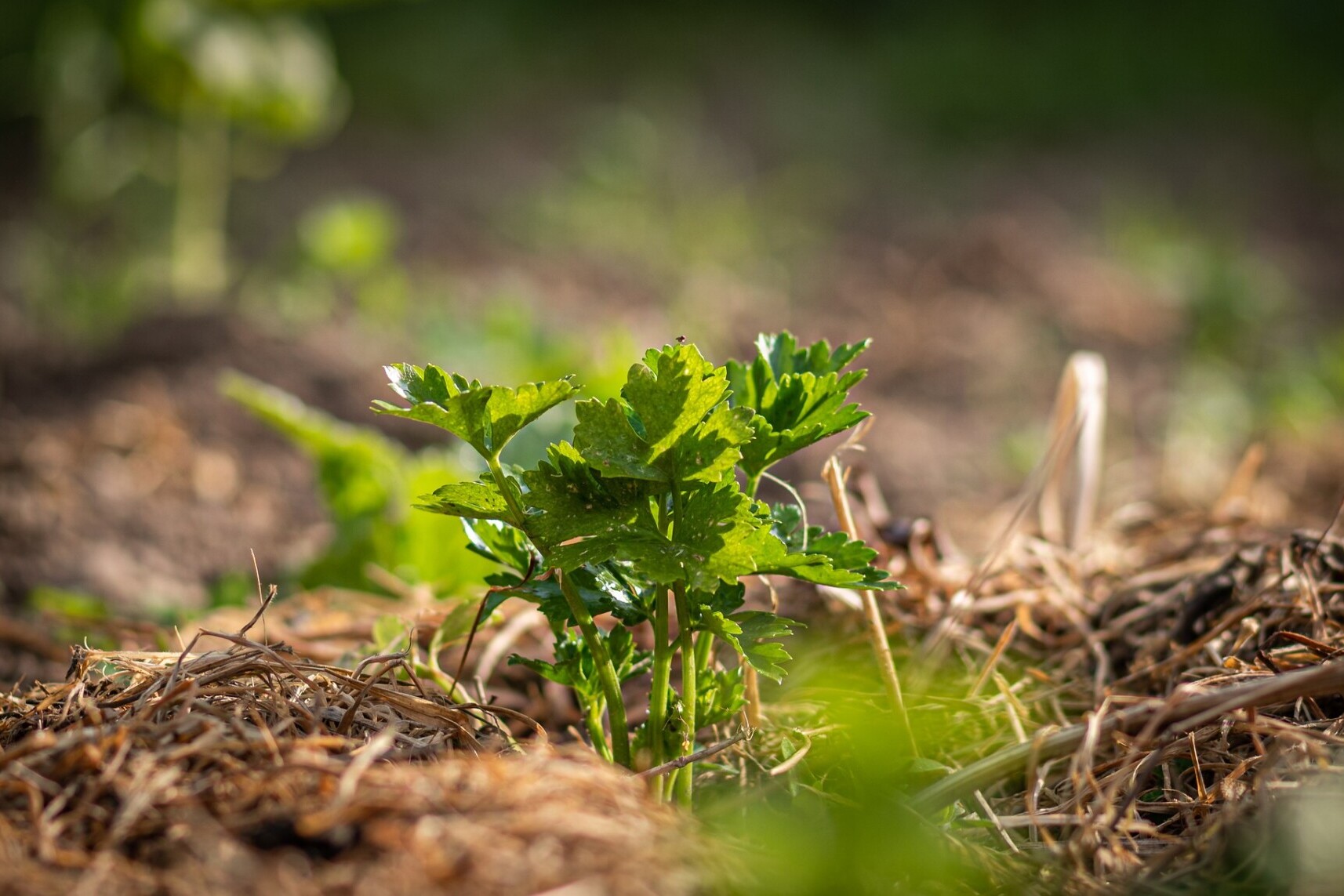
- A layer of mulch around the new plant does three things. It slows down evaporation of soil water when the temperature rises, adds nutrients to the soil (often with the help of earthworms) and, most importantly, it will supress weeds in the area surrounding the new plant. This is so important as the weeds are strong, direct competition for water and nutrients that are in the surrounding soil.
- Staking taller plants is vital. This holds the rootball steady in the ground while the new roots grow away. It is not just a mechanism to hold the tree upright, although the two are closely linked.
- Watering any new plants is also vital. As previously mentioned, the new roots system is not well enough established into the surrounding soil to maximise water absorption. Until the root system is well developed, the plant will need an excess of water to be able to absorb as much as it needs. The final amount will depend on the weather, the time of year, your soil type and the size of the plant going in. The bigger the plant, the more water it will require. Watering well once a week will penetrate the soil far deeper than a little every day.
So, if you are thinking of developing new plants in your garden, now is such a great time to get going! Here at Nicholsons, we have a huge range of trees, shrubs, hedging and perennials that are desperate to get their roots out into the soil. It is possible to plant trees later in the year (we successfully plant all year around), but the closer you get to summer, the more water you will need to put on. Please pop in and see the range for yourselves. We are open Monday to Friday 7.30-4.30 and Saturdays 8-4. Our consultancy service is available to book most days if you would like help choosing the right plants for your garden. We look forward to seeing you soon!
References:
Principles of horticulture level 3: Adams, Early, Brook and Bamford (2015) Routledge
Science and the Garden 2nd Edition: Ingram, Vince-Prue and Gregory (2008) RHS and Blackwell’s publishing
